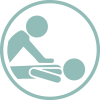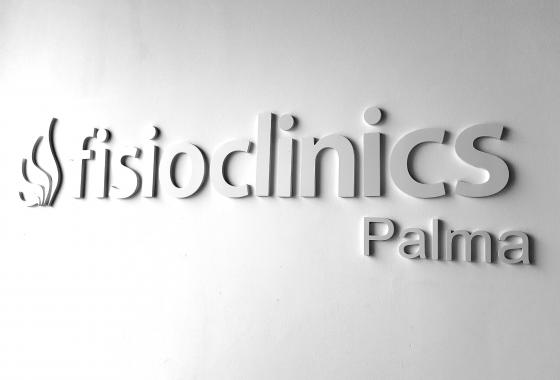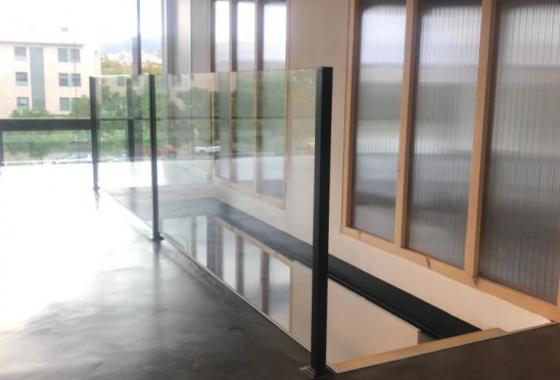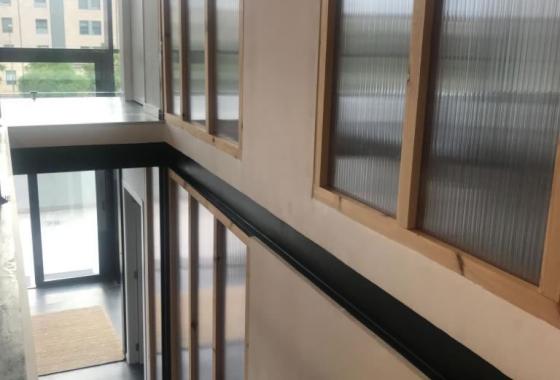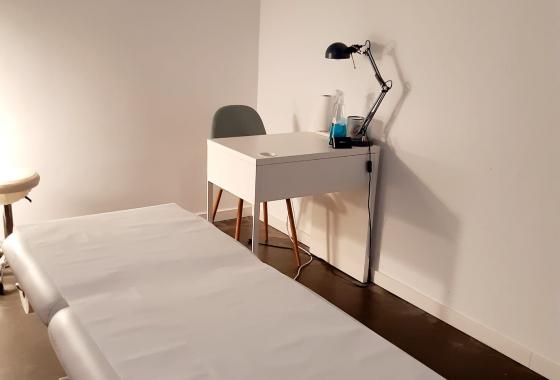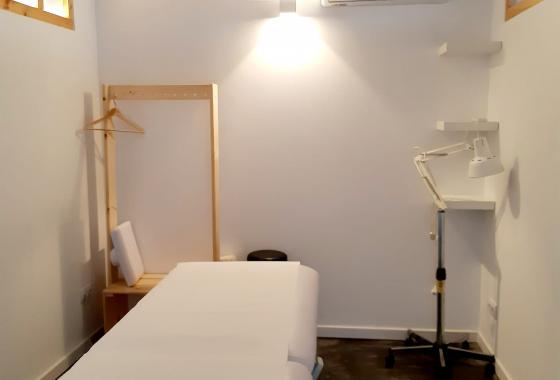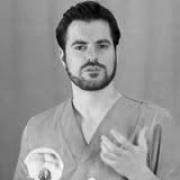The disc is located between the vertebral bodies of the spine, when suffering an injury these can tear, move or even open, causing the liquid inside it to press on the adjacent nerves. A Cervical Disc Herniation can cause a variety of symptoms that at FisioClinics Palma de Mallorca we eliminate by treating the cause that leads to a Cervical Disc Herniation, learn more about this disease of the intervertebral disc below.
What is Cervical Disc Herniation?
Herniated discs are a recurring condition at any level of the spine, when its outer lining is torn or injured, herniated discs are caused. The intervertebral disc has a complex structure. In the center is a nucleus pulposus, which has elastic properties and serves as a shock absorber for vertical loads. Surrounding the nucleus is a multilayer fibrous annulus, which keeps the nucleus in the center and prevents the vertebrae from moving relative to each other.
Such an anatomical component of the cervical spine allows us to perform a variety of neck movements, as well as turning and tilting the head. Cervical Disc Herniations are generated more frequently in the cervical spine of people between 30 and 50 years of age who are more vulnerable since the elasticity and water content of the nucleus decrease with age and the disc becomes dehydrated and goes losing its elastic capacities, making it prone to injury.
What are the symptoms of a Cervical Herniated Disc?
Some of the most characteristic symptoms of Cervical Disc Herniation are:
-
Localized pain where the hernia is.
-
Radiation of pain to the upper limb.
-
Dull, constant pain that is difficult to locate.
-
Poor muscle control of the area.
-
Popping, stiffness, nausea, dizziness, etc.
What Causes Cervical Herniated Disc?
There are various causes for which cervical disc herniations are created, we describe some below:
-
Staying in the wrong position for a long time.
-
Lack of resistance of the stabilizing muscles of the spine.
-
Direct trauma to the area.
-
Performing repetitive efforts or repetitive activity.
-
The aging process and wear of the vertebral bodies.
-
Diseases of congenital origin.
How is the medical diagnosis of a Cervical Herniated Disc made?
For the most part, to obtain the diagnosis of a Cervical Herniated Disc, they only need a physical examination and medical history to make the diagnosis. To be more assertive in the evaluation and diagnosis, some imaging tests such as X-rays, MRIs, among others, can be performed. To obtain a clear picture about the level of affection of the hernia or if there is any extra alteration in the compromised structures. To confirm cervical spinal disc injury, studies such as MRI (magnetic resonance imaging) and computed tomography (CT) are very popular and effective ways to diagnose cervical hernias. The advantage is that these techniques are non-invasive and require the patient to simply lie down on an examination table.
 Physiotheraphy
Physiotheraphy Osteopathy
Osteopathy Massage
Massage Lymphatic
Lymphatic Group classes
Group classes Home
Home Baby
Baby

